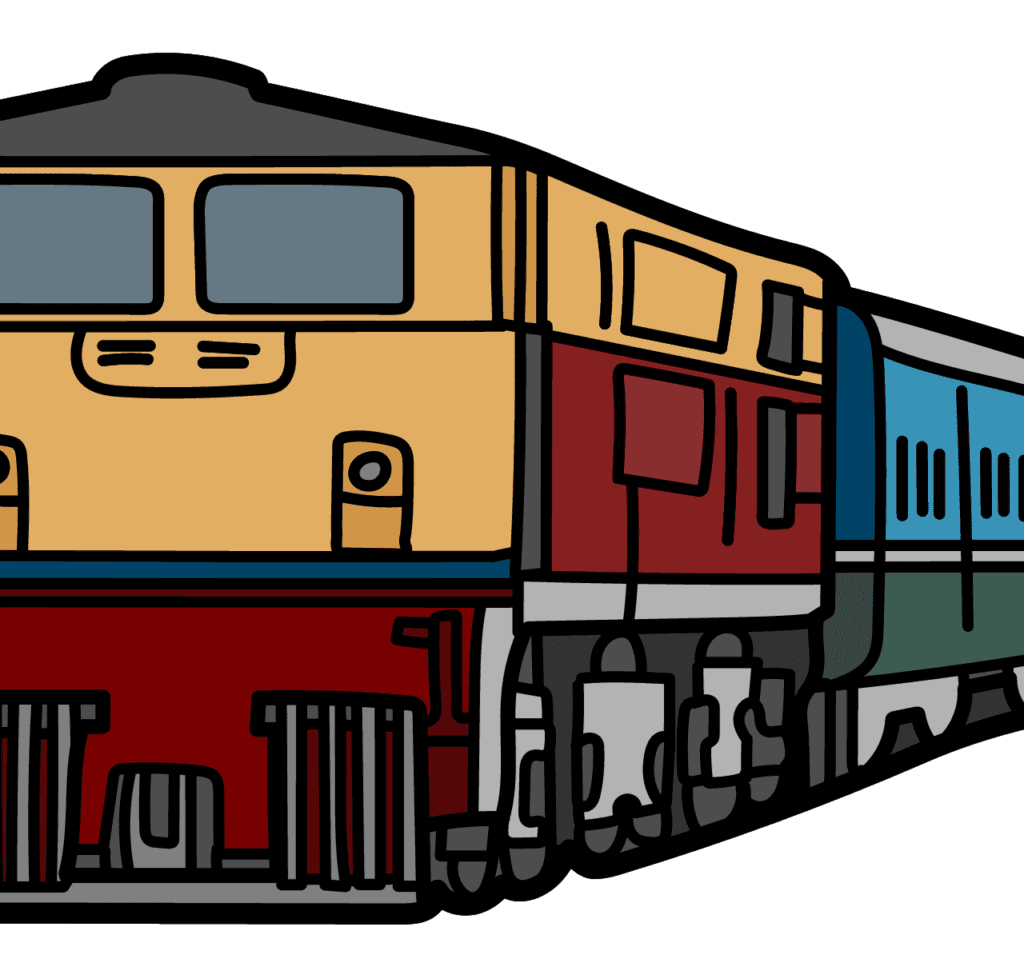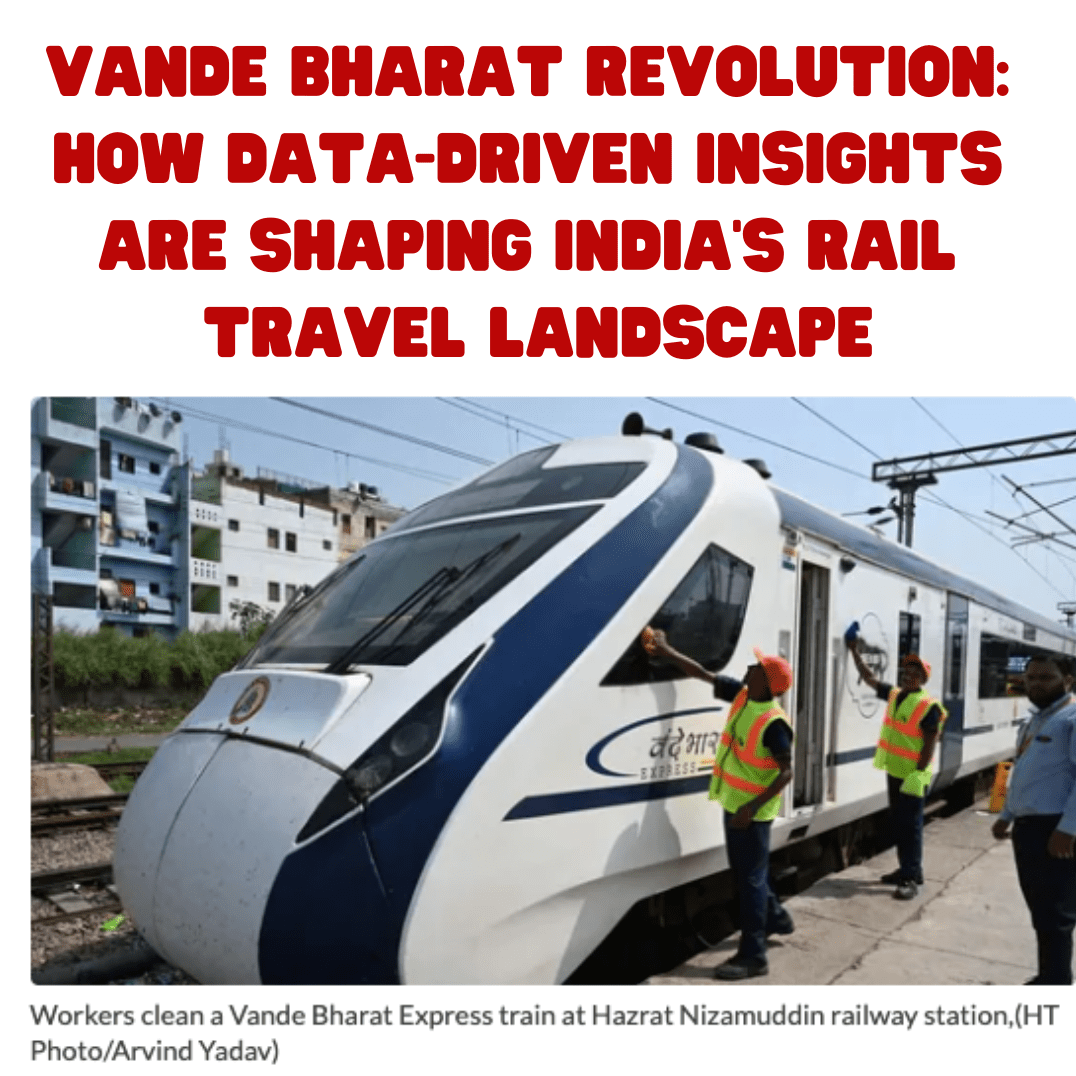In a pioneering move, the Indian Railways has embarked on a data-driven journey to transform rail travel in the country. The focus is on monitoring passenger demand for Vande Bharat trains, considering the passengers’ age and gender. This innovative approach not only aims to enhance services but also seeks to generate non-fare revenue, marking a remarkable shift in the realm of Indian rail travel.
The data, meticulously gathered by the Central Railway, unfolds captivating insights into the passenger demographics aboard Vande Bharat trains. The analysis reveals a significant concentration of passengers from the age group of 31-45 years, with the 15-30 age group following closely behind. This comprehensive examination of the Vande Bharat routes of the Central Railway encompasses journeys to Shirdi, Goa, and Solapur, spanning from September 15 to October 13.
The numbers tell an engaging story: a total of 85,600 male passengers, 26 transgenders, and 57,838 female passengers embarked on their Vande Bharat voyage during this period. Chief PRO of the Central Railway, Shivraj Manaspure, sheds light on these demographics, stating, “During this period, children aged 1-14 years constituted an average occupancy of around 5%, while transgenders accounted for 4.5% of the total Vande Bharat passengers.”
These statistics are not only intriguing but also underscore the profound impact of the Vande Bharat initiative on India’s transportation landscape. It’s estimated that the introduction of Vande Bharat trains has led to a notable 10-20% reduction in air traffic, coupled with a significant 20%-30% decrease in airfares.

Inspired by this success, Indian Railways is resolute in its commitment to popularize Vande Bharat trains further and attract a larger passenger base. Recent data points to impressive train occupancy rates in September, ranging from 77% to an astonishing 101%, along the Vande Bharat routes connecting Mumbai to Shirdi, Madgaon, and Solapur. These high occupancy levels clearly indicate the service’s popularity and its pivotal role in reshaping the preferences of Indian travelers.
This data, both at the macro and micro levels, holds immense potential and implications. It promises to assist Indian Railways in generating revenue from non-fare avenues and in establishing partnerships with ancillary industries. Companies eyeing opportunities to advertise within Vande Bharat trains, whether through seat displays, tray placements, or headrest promotions, can now gain valuable insights into their target audience, thereby crafting more effective marketing strategies. Additionally, this data will guide Indian Railways in shaping future service improvements, fine-tuning food menus, and enhancing the overall passenger experience.
The Vande Bharat effect is not merely about transforming rail travel; it’s a groundbreaking shift in the broader Indian transportation landscape. It signifies innovation, data-driven decision-making, and the nation’s journey toward a more accessible and promising future in the realm of rail travel.



















What do you think?
It is nice to know your opinion. Leave a comment.